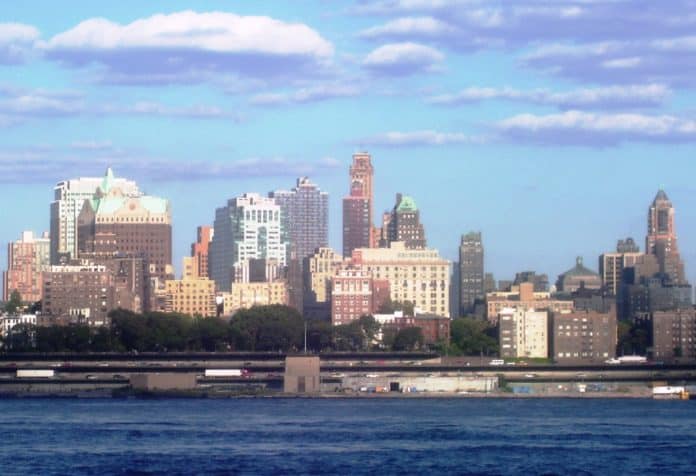Although apartment rents in the nation’s largest cities saw some growth, that growth is now beginning to slow, according to a new report by industry data firms Yardi Matrix and RentCafe.
In July, the national average rental rate increased .1% month-over-month to $1350, a figure approximately 2.6% higher when measured year-over-year, says Yardi Matrix.
Below is Yardi Matrix’s most recent data on national pricing performance by apartment size.

This year, Yardi Matrix forecasts 371,000 apartment units will come online across the U.S. That’s 21% more than were delivered in 2016.
It appears new supply is beginning to take a toll, but it’s worth pointing out that 64% of new apartments coming online will do so in the top 20 metros. That’s edging up rent growth in what RentCafe calls “outlying suburbs,” which saw the most rent growth thanks to dwindled supply.
In fact, renters may see deals more easily found in larger metros, as those cities move through this digestion period.
“The huge number of apartments entering the market benefits all renters – but especially those in the country’s more expensive areas,” Yardi Matrix Senior Analyst Doug Ressler said. “More apartments mean more choices – and, ultimately, more bargaining leverage for the renter.”
The most recent data available show New York and Texas leading the way in falling rents. More than 7,000 units will come online in Manhattan in 2017, and the borough’s rents average $4054, down from the $4154 monthly seen at the start of 2017.
Similarly, in Texas, rents in the city of Lubbock fell 3.1% year-over-year. College Station rents dropped 2.2% year-over-year — and in that time period, the city saw 300% jump in units online.
Pulled from Yardi Matrix data, here are the top 7 cities for apartment deals in July 2017 — these 7 big-name cities saw the biggest average rent declines.

























